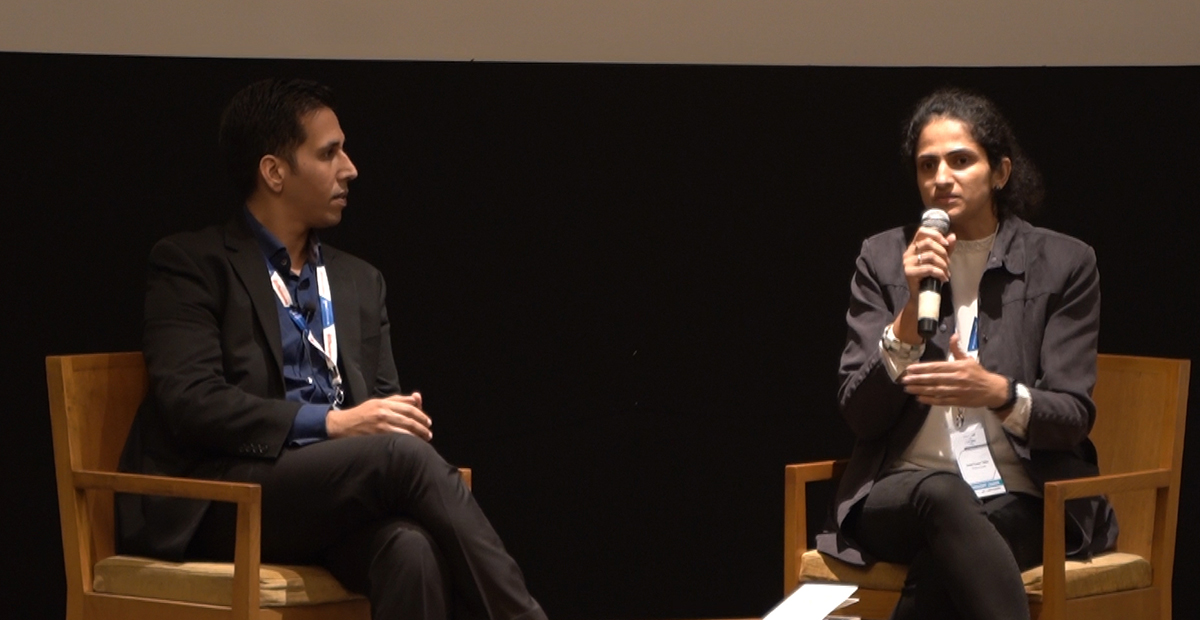Q. First, I am curious about IndiGo’s people/ hiring philosophy. How do you go about it? What defines your people philosophy or hiring philosophy, if you will?
Raj Raghavan (RR): Since your question is about our hiring philosophy, I think it will be good for you to know a bit about our culture and philosophy and its several aspects and nuances.
Let me start with how a customer tends to make up her mind about us. As an example, she is probably interacting with at least 8-10 airline staff, and each of them leaves an impact on her. However, for our customer, it is IndiGo she is dealing with and not that particular employee alone. She interacts with them without knowing them, even as they provide her with various facets of customer service. These 8-10 employees work across different verticals within the airline, essentially supporting our customers. For an airline of our size, with a fleet of 280+ airplanes and upward of 23,000 employees, it translates into about 90 to 95 employees per aircraft. Yes, you need that many people to help you fly on a plane!
Coming to your hiring philosophy question, the most visible of these customer-facing roles are our pilots and the cabin attendants. Therefore, much of our hiring get focused on these two categories. Additionally, aircraft engineers are a significant part of our workforce and significant time and attention go into getting these awesome technicians on board as well. Airport Operations and Customer Service personnel are the other groups of employees that interact with our customers the moment they arrive at the airport to check-in, collect boarding passes, get their bags and board along with them, etc. A lesser-known fact is that much of the airline’s security on the plane is also managed by the airline. These are staff who undertake boarding-point security checks, etc.
Some invisible roles are the baggage handlers and the pushback operators, among others. (For the uninitiated, pushback operators handle small car-like machines to push the aircraft onto the tarmac before take-off). All of these are highly-skilled roles. The roles I am talking about are all certified by the regulator as most of an airline’s operations are regulated functions. Add to this the professionals to manage our Operations Control Center, Load and Trim Operations and the ever-important Flight Safety function.
Additionally, we have the catering function focused on looking after the customer’s culinary needs. Beyond that, traditional functions such as finance, legal, human resources, etc., add value by supporting our operations. Sales, Network Planning and Revenue Management in an airline are equally specialized roles. These are not akin to the sales roles you would find in a typical FMCG company. Another specialized role is that of Aircraft Acquisition and Financing – another super-specialist area that is not taught in any management school.
Q. How is that? Could you elaborate a little on why it is highly specialized?
RR: Sure. For instance, revenue management is about how you ensure the right pricing of a ticket, which depends on a variety of moving parts like the season, frequency, load factor and demand. The concept of dynamic pricing depends on all of the above. In addition, during pandemic situations like what we are going through now, the Government also determines a low-high band for each sector. The key is to make sure that specific routes get a certain fare that is both good for the passenger and the airline. Then we have the network planning function that manages the entire network of the airline operation. For example, how many trips we should undertake between two metros or between a metro and a non-metro is managed by this team. This also includes determining the un-serviced non-metros that need air connectivity and how many international routes the airline should fly. In addition to providing answers to these questions, the network planning function works with both the regulator and the airports for flying slots as well as parking spaces.
The complexity of where you park the planes is an interesting one. We have 280-odd planes, which makes us the airline with the largest fleet in India. Parking space and rates need to be negotiated with airports beforehand. As a passenger, you may be flying from, say, Coimbatore to New Delhi on a 7 o’clock morning departure. For all you know, the plane may not be parked in Coimbatore the previous night. It may be parked in Cochin instead! As a network planner, you need a set of crews based in Cochin to fly the plane almost empty, sometimes full, from Cochin to Coimbatore. HR supports the hiring for all these skills. Therefore, there are different specializations.
Let us take an example of how we go about hiring pilots. There are several categories of pilots. As a young pilot, one starts as a Junior First Officer, sitting on the right seat of the plane. She has the potential to grow all the way up to a Designated Examiner who also serves as a senior commander. There are several career ladders within the pilot ecosystem. So, after a certain number of hours of flying, a Junior First Officer can grow to a First Officer, then a Senior First Officer, then a Captain. She would then become a Senior Captain, then a Fleet Supervisor, a Fleet Captain, with very few making it to becoming the Chief Pilot. Most senior Captains also move as Training Instructors and eventually Designated Examiners. Again, these are highly regulated roles.
I would add that it is not just about hiring them but also about ensuring that those hired get the opportunity to undergo various regulatory training and certifications to enable them to fly.









 Behavioral Competencies
Behavioral Competencies Cognitive Competencies
Cognitive Competencies Coding Competencies
Coding Competencies Domain Competencies
Domain Competencies




















Would you like to comment?